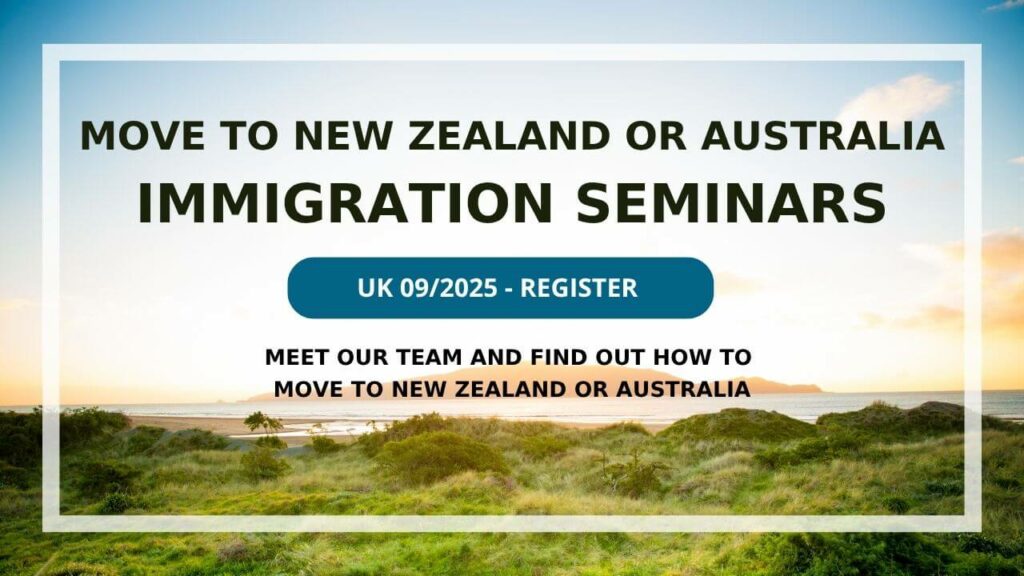This guide explains who can be included, what evidence is required, and what rights family members receive when migrating with the main applicant.
 Who Can You Include in a Skilled Visa Application?
Who Can You Include in a Skilled Visa Application?
You may be able to include the following family members in your application:
- Your spouse or de facto partner
- Your dependent children
- Your partner’s dependent children
These family members must meet character and health requirements, and you must provide evidence of your relationship or dependency.
Including your partner in an Australian visa application
Your partner can be included in your application if you are:
- Legally married, or
- In a genuine de facto relationship (typically 12 months or more, unless registered)
To include a partner, you’ll need to show the following if not married:
- Joint financial commitments (e.g. shared bank account, lease)
- Evidence of living together
- Communication and travel history
- Statutory declarations or third-party support statements
What your partner can do on a partner visa
Your partner can live, work, and study in Australia if granted the visa. They may also be assessed for partner points (in some visa types).
Claiming Partner Points in your Australian visa application
You may be eligible for extra points if your partner:
- Is under 45 years of age
- Has competent English
- Has a positive skills assessment in an eligible occupation
There are additional points for having a partner with English only, or for being single/having an Australian partner.
What If You’re Over 45?
In cases where the main applicant is over 45 but the partner is younger, Australian Shores can assess the younger partner as the primary applicant. If the partner qualifies for a skilled or employer-sponsored visa, the older spouse can be added as a dependent, bypassing age-related limitations. This is a common and highly effective strategy for couples where one partner no longer qualifies under the General Skilled Migration program due to age.
Including Dependent Children in an Australian visa application
You can include biological children, adopted children, or stepchildren.
They must generally be under 18 years of age, or aged 18 to 23 and financially dependent on you.
Each child must meet the health and character requirements, and you’ll need to provide:
- Birth or adoption certificates
- Evidence of dependency (if over 18)
- Parental consent where applicable (if the other parent is not migrating)
Schooling and Fees
Children included in your visa may attend public or private school in Australia, but may be be required to pay international school fees depending on visa type and state policy.
Employer-sponsored and temporary visas often incur schooling fees, while permanent visa holders may be eligible for subsidised education.
Partner and Family Rights Once in Australia
Family members granted the visa can live and work in Australia, access Australia’s healthcare system (for permanent residents or those eligible via reciprocal arrangements), and be included in the pathway to permanent residency, if initially on a provisional visa (e.g., 491 or 482)
Why You Should Seek Advice Before Applying
Including family members in your visa application adds complexity, particularly when the relationship is de facto and less than 12 months, or there are children from previous relationships, or you’re unsure whether your partner or child qualifies under the criteria.
At Australian Shores, we assess the best strategy for your whole family, whether that means including dependents now or adding them later through subsequent entrant pathways.
Main family visa categories
 Partnership categories
Partnership categories
A partner visa allows spouses and de-facto partners (including same-sex) to be sponsored by their partner who must be an Australian citizen, Australian permanent resident or eligible New Zealand citizen. A Partner Visa is initially granted as a temporary visa where a permanent visa will be granted after two years, provided the relationship remains genuine and ongoing.
A Prospective Marriage visa is a temporary visa that is now issued for 15 months vs usual 9 months, as a result of the Covid pandemic. Fiancés of Australian citizens, Australian permanent residents or eligible New Zealand citizens are able to enter Australia to marry their fiancé within the visa validity period and must apply for an Australian Partner Visa if they want to stay in Australia with their spouse.
Dependent Child categories
Dependent children are usually included in their parent’s visa applications, however, occasionally children apply to immigrate separately. There are temporary and permanent visa options available under Child visa categories.
Biological children, stepchildren and adopted children of Australian citizens, Australian permanent residents and eligible New Zealand citizens may be eligible for a Child visa, provided they meet the criteria under the relevant visa category.
Parent categories
The Parent visa enables Australian citizen, Australian permanent resident or eligible New Zealand citizen to sponsor their parents to migrate to Australia permanently or stay in Australia for a period of 3 or 5 years, with the maximum cumulative stay of 10 years. Parent visas can be temporary and permanent.
Applications for parent visas are subject to capping and queueing and some visas can take up to 30 months to be processed. Faster processing applies to contributory visas with higher application fees.


